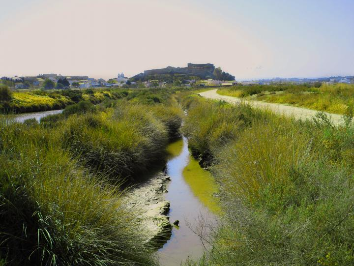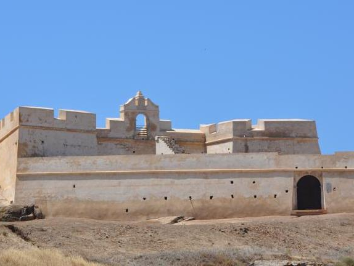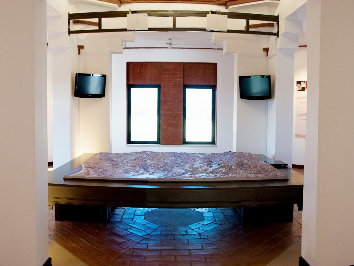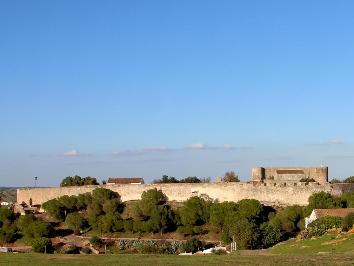The Natural Reserve of Castro Marim and Vila Real de Santo António is one of the most important wetlands in the country, it was the first natural reserve to be created in Portugal, in 1975.
The purpose of creating this reserve was the conservation of Nature, guaranteeing the balance of ecosystems, improving the living conditions of the populations and valuing traditional activities and the protection of the landscape heritage.
This location is perfect for activities such as bird watching, walking or cycling tourism, as it is made up of numerous trails.
This reserve is located in the southeast of the Algarve, near the mouth of the Guadiana River, and covers an area of 2300 hectares. It consists of salt marshes, areas of brackish water, salt marshes and creeks that extend across the counties of Castro Marim and Vila Real de Stº António, harboring a high number of species of fauna and flora.
The place is crossed by numerous water lines, in direct contact with the Guadiana River, and is home to a varied fauna and are important breeding sites for various species of fish functioning as a natural nursery. In addition to numerous bivalves, species identical to those existing in the Ria Formosa, the area also serves as a habitat for crustaceans, such as the mouth and the big fat shrimp.
This wetland is also recognized as a place of passage, wintering and nesting of numerous species of aquatic birds, being one of the areas of greatest ornithological interest in our country, justifying its status as a wetland of international importance that is conferred on it by the Convention on Ramsar.
In addition to the wetland that covers about 70% of the surface of the protected area, it also includes dry areas for agricultural use and higher elevation areas that correspond to the slopes of the Algarve mountains, with their own animal and plant species.
Various human activities related to water are also carried out on the site, with salt production being currently the main economic activity of this wetland and its salt is recognized for its quality. The Nature Reserve also has activities related to fishing, fish farming and agriculture, to which tourism has been added since the 1960s, and is currently the most prominent factor in the region's development.
See also https://castro-marim-interpretation-center.freemaps.net/en
Photo credits: Castro Marim Municipality.






Comments
Send a comment